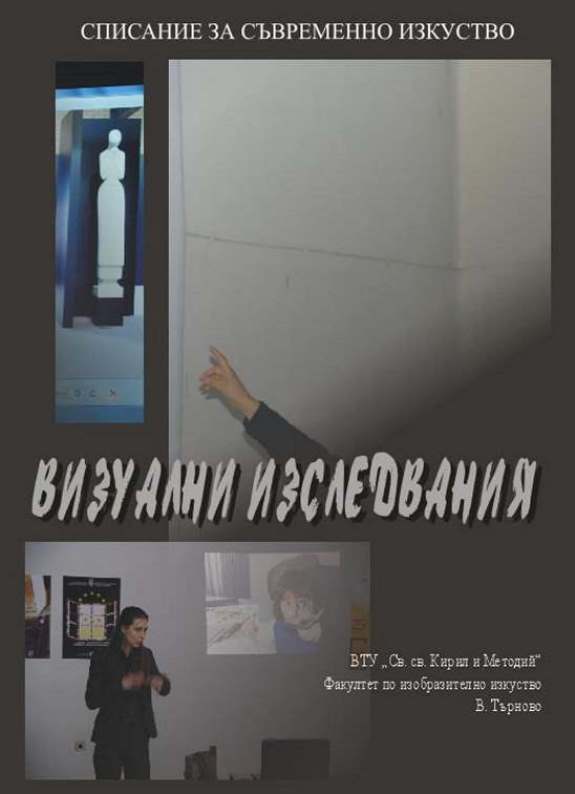Езотеричната живопис на Хилма aф Клинт
Esoteric Painting by Hilma af Klint
Author(s): Ilker DanalovSubject(s): Fine Arts / Performing Arts, Visual Arts, History of Art
Published by: Великотърновски университет „Св. св. Кирил и Методий”
Keywords: Hilma af Klint; Kandinsky; abstract art; spiritual art; esoteric; anthroposophy; first abstractionist; Rudolf Steiner
Summary/Abstract: A number of modernist art movements of the late 19th and early 20th centuries gradually reduced the mimetic approach, leading to the logical emergence of pure abstraction. There were several contenders for the ‘first abstractionist’, and the Russian artist Wassily Kandinsky (1866–1944) is most often identified as such by art historians. His watercolour (Untitled; Study for Composition VII), which dates back to 1911, is considered the first abstract work. In 1912, Kandinsky published a kind of personal manifesto called “Concerning the Spiritual in Art”, in which he theorized abstract art. Other key pioneers of this art form from the early 1910s were Piet Mondrian (1872–1944) and Kazimir Malevich (1879–1935). They also come up with their own theories about ‘non-objective’ art. Although different in their vision, what those artists had in common was that all three of them worked in the idiom of abstraction and were more or less guided by the ideas of the spiritual. The latter is important because the main contender for ‘first abstractionist’ whom we consider here also eliminated the representation of objects from the visible world and followed various spiritual teachings that underlie her work. After 1986, in various sources, the Swedish artist Hilma af Klint (1862–1944) was indicated as a pioneer of abstract art who began to paint the series “Paintings for the Tem¬ple” in 1906 (five years before Kandinsky). They are large-format, non-figurative paintings that bear visual and formalistic similarities to abstract painting. From this perspective, the debate about who was the first abstractionist is inevitable. The reason why Hilma af Klint began to be talked about so late is that she painted in isolation and kept her non-figurative paintings a secret. In her will, she stipulated that the paintings not be shown for 20 years after her death. They were discovered in the 1960s and exhibited for the first time in public at the exhibition “The Spiritual in Art: Abstract Painting 1890– 1985” in 1986. By examining the life and work of Hilma af Klint and briefly reviewing the main ideas of abstract art, the current paper aims to answer the question of whether the works by Hilma af Klint were created in the context of abstractionism of modernism, or whether they fall into another category, such as spiritualist or esoteric art.
Journal: Визуални изследвания
- Issue Year: 6/2022
- Issue No: 3
- Page Range: 285-297
- Page Count: 13
- Language: Bulgarian

